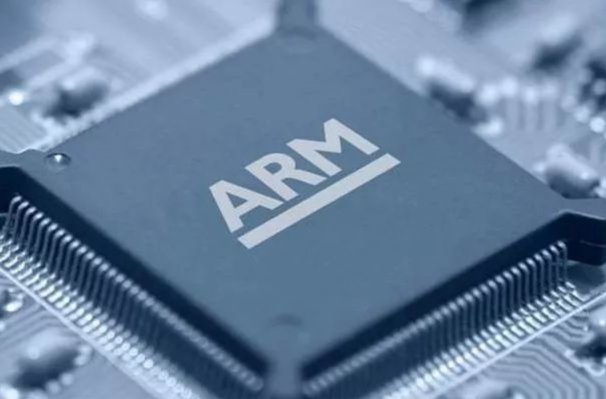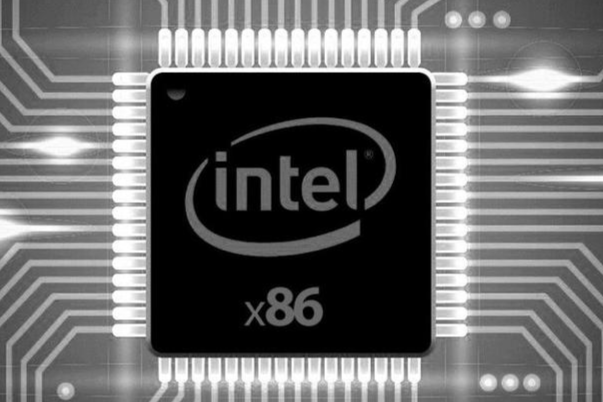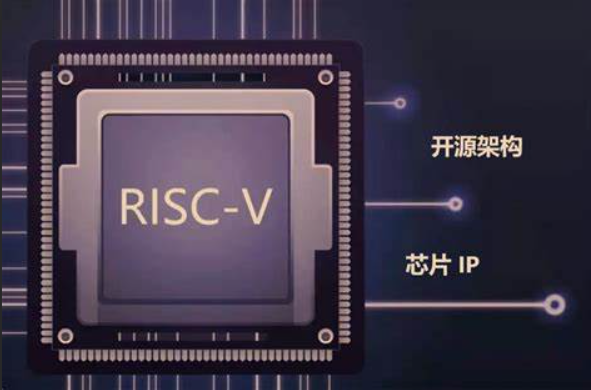Click the blue text Follow me
Follow me
1. The Battle of Chip Architectures
The requirements for chips in industrial scenarios are extremely stringent: they must withstand extreme environments and handle complex data. Currently, mainstream chip architectures are divided into three major camps, each with its strengths:
(1) ARM Architecture
1. Advantages
ARM is known for its low power consumption and high energy efficiency, making it suitable for scenarios requiring long battery life, such as field exploration and mobile inspections.
For example, Dongtian Industrial Control’s rugged laptop is equipped with the Feiteng D2000 chip, based on ARM architecture, allowing for long battery life in environments without power.

2. Domestic Challenges
Domestic ARM chips have faced iteration bottlenecks due to the discontinuation of ARM v9 technology, but they are gradually breaking through the blockade through open-source ecosystems (such as the openEuler operating system) and self-developed instruction sets (such as Loongson LoongArch).
(2) X86 Architecture
1. Advantages
Chips based on X86 architecture, such as those from Intel and AMD, are known for their high performance, making them suitable for industrial modeling and real-time data analysis.
2. Domestic Substitution
Haiguang and Zhaoxin have achieved localization through X86 licensing, but technological updates rely on overseas sources. Haiguang has also launched its own products after digesting the AMD Zen1 architecture, establishing a foothold in the government and finance sectors.

(3) Domestic Chips
1. Loongson and Shenwei
Self-developed based on MIPS and ALPHA instruction sets, they are secure and controllable, with built-in security mechanisms to prevent hacker attacks.
2. RISC-V
Established based on reduced instruction set computing principles, it takes a different path, becoming a new favorite in open-source instruction sets, supporting modular design to meet customization needs, and creating more sparks through diversification.

2. The Rise of Domestic Chips
1. How is a 99.8% Localization Rate Achieved?
Dongtian Industrial Control’s rugged laptop DTN-S1509EU has a localization rate as high as 99.8%! With a Feiteng CPU, Jingjiawei GPU, and Kirin system, the entire hardware and software chain is self-controlled, transforming from “being choked” to “standing tall”.
2. Dual Approach of Open Source and Alliances
Huawei’s open-source HarmonyOS has attracted 6.75 million developers to co-build the ecosystem, with device numbers exceeding 1 billion;
UnionTech UOS and Galaxy Kirin operating systems have been installed in millions of units, deeply adapting to domestic chips, making industrial software run more smoothly.
3. Policy Support
The State-owned Assets Supervision and Administration Commission has clearly stated that by 2027, all central enterprises must complete localization transformation and provide industrial fund support.

3. How Different Chips Match Needs?
(1) Extreme Environments: Domestic ARM + Wide Temperature Design
Low power consumption + wide temperature range (-20℃~60℃), suitable for oil fields, field scientific research, cold chain transportation, etc. For example, a rugged laptop with a Feiteng chip for cold chain logistics maintains 85% battery efficiency even in a -15℃ cold storage.
(2) High Computing Power Scenarios: X86/Domestic High-Performance Chips
Multi-threaded processing of complex instructions, suitable for smart manufacturing and AI quality inspection. For instance, a rugged laptop with a Haiguang CPU in an automotive factory connects PLCs and industrial cameras through dual network ports, significantly improving fault handling efficiency.
(3) Security-Sensitive Areas: Self-Developed Architecture + Encrypted Chips
Self-controlled instruction sets with no “backdoor” risks, commonly used in military and defense fields, such as using Loongson and Shenwei chips with built-in encryption modules to prevent data leakage risks.

4. The Bright Future of Chinese Chips
By 2025, the Chinese chip industry is approaching a “golden crossover point”. The rise of AI chips, the RISC-V open-source architecture, and the HarmonyOS are constructing an ecosystem of “Chinese standards”, and industrial rugged laptop devices are bound to witness a resurgence in localization.
Welcome to follow for more in-depth interpretations of rugged technology.
 END
END
Follow me for more industry news!